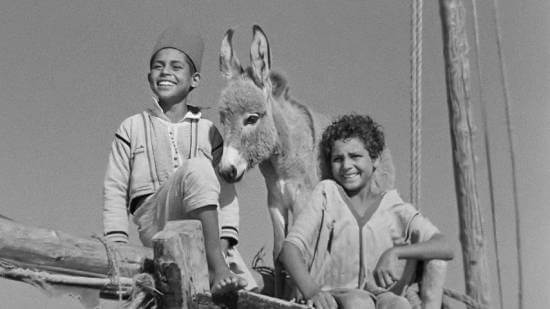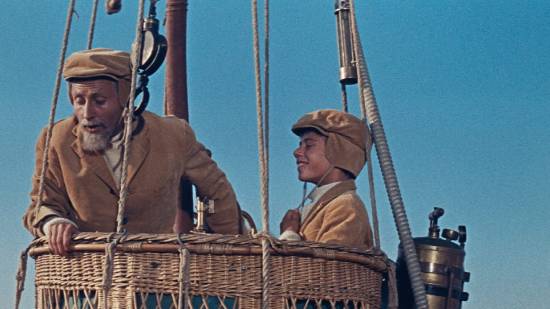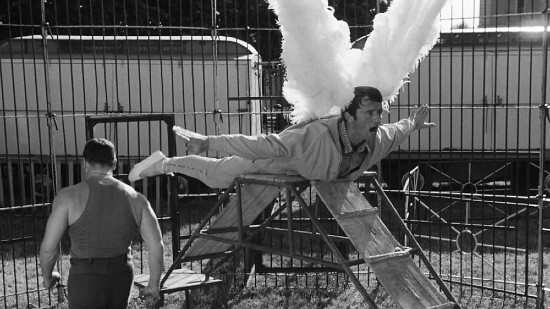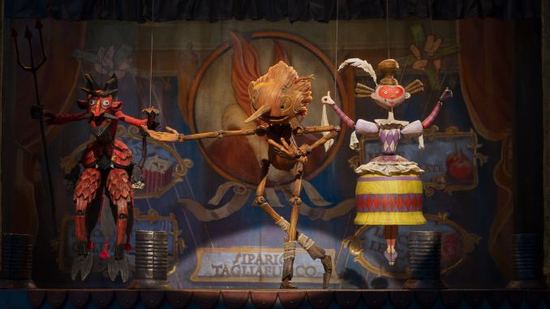Best of Criterion’s New Releases: December 2023
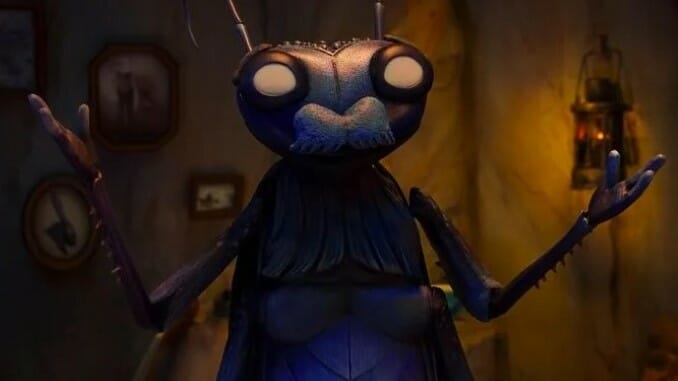
Each month, Paste brings you a look at the best new selections from the Criterion Collection. Much beloved by casual fans and cinephiles alike, Criterion has presented special editions of important classic and contemporary films for over three decades. You can explore the complete collection here.
In the meantime, because chances are you may be looking for something, anything, to discover, find all of our Criterion picks here, and if you’d rather dig into things on the streaming side (because who’s got the money to invest in all these beautiful physical editions?) we’ve got our list of the best films on the Criterion Channel. But you’re here for what’s new, and we’ve got you covered.
Here are all the new releases from Criterion, December 2023:
Days of Heaven
Year: 1978
Director: Terrence Malick
Stars: Richard Gere, Brooke Adams, Sam Shepard, Linda Manz
Genre: Romance
Terrence Malick recreated the biblical story of Abraham and Sarah as an American myth as large as the southwest it’s supposed to take place in. One of the most immediately noticeable aspects of the film is its stunning cinematography. Following the tradition of the French New Wave and other independent American pictures from the ‘70s, director of photography Nestor Almendros rejected artificial lighting as much as he felt he could and the result is a picture that feels like nothing else from the period. With Badlands Malick found out how to make a film, but it was with Days of Heaven that he found his mature style, and since then he’s used the same elliptical, minimalist storytelling and improvised scenes in everything he’s done.—Sean Gandert
Blast of Silence
Year: 1978
Director: Allen Baron
Stars: Allen Baron, Molly McCarthy, Larry Tucker, Peter H. Clune
Genre: Drama, Crime
Narrated by the bumpy-road voice of Lionel Stander, Blast of Silence is a Christmas kick in the teeth. A grim, processional, assassin-centered noir that marches headlong towards death, Allen Baron’s quick-and-dirty thriller nearly has the talky radio cadence of A Christmas Story, if the holiday classic was on trial for murder. Baron — who co-wrote, directed and starred — has complete control of his 70-minute blitz, walking ever forward as his character eyes his latest target. Even when the film pauses for an uncomfortable amount of bongo music, tension mounts as if it was being played on a human skull. It takes a lot of work to make a fight look this sloppy, to make a party this awkward, to make a date this off-putting. Phenomenally lonely compositions stand out even in this stylish piece of work, isolating human figures in urban waste, birds above water, and light at the end of a tunnel. The repeated signs of “danger signals” warn us away from the standard plot progression, dire and inevitable. As bold as it is brash, Blast of Silence is a brick through the window of an already busted genre.—Jacob Oller
-

-

-

-

-

-

-

-

-

-

-

-

-

-

-

-

-

-

-

-

-

-

-

-

-

-

-

-

-

-

-

-

-

-

-

-

-

-

-

-

